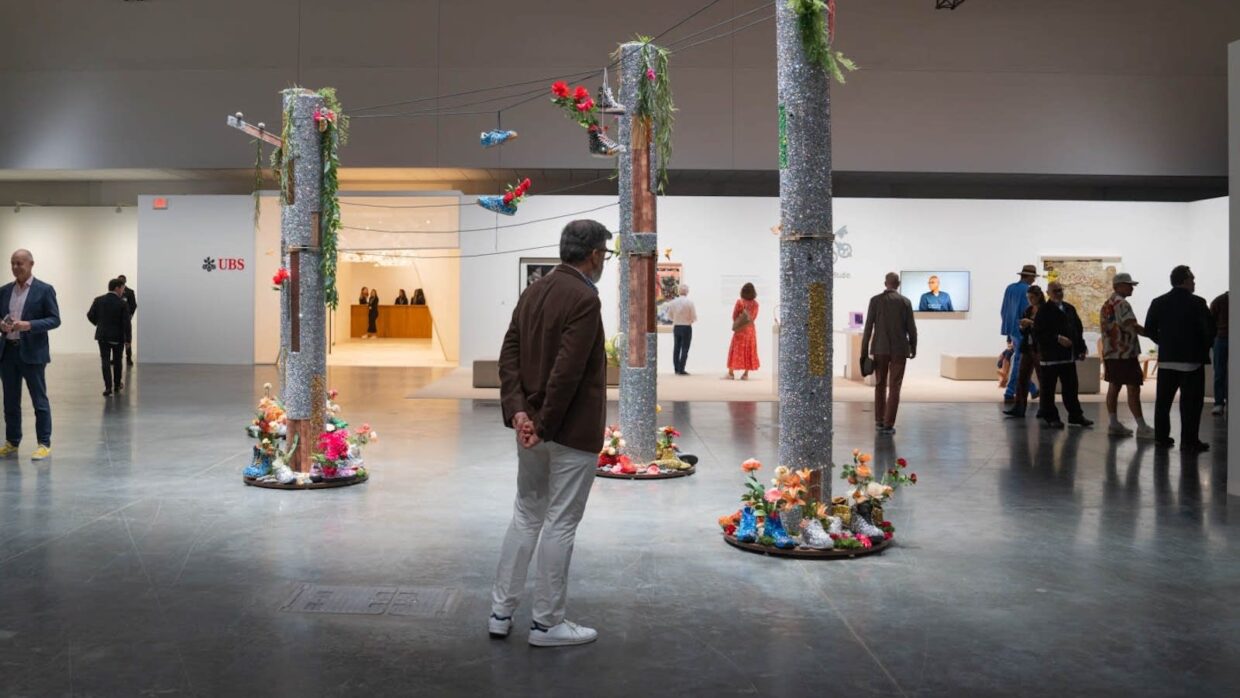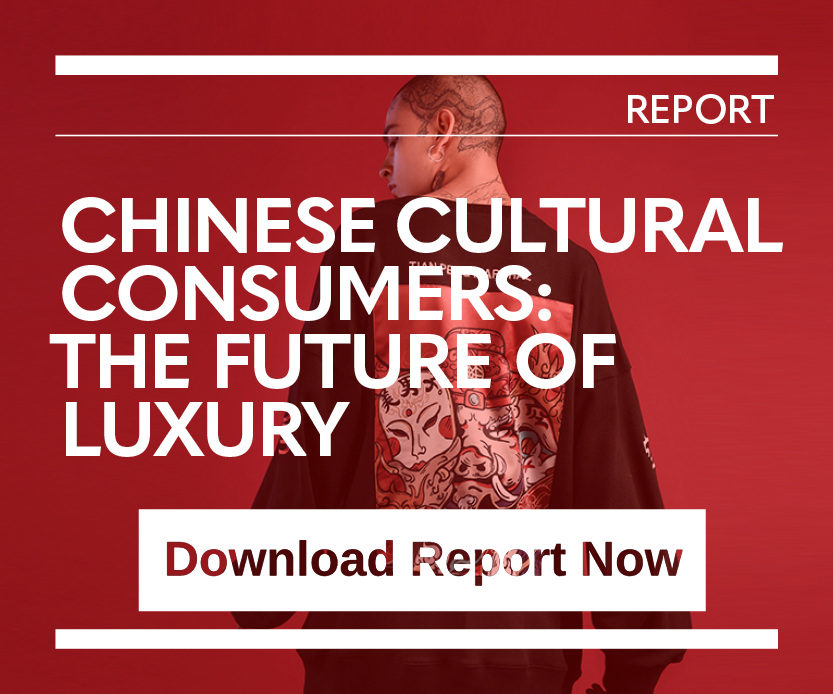It’s that time of year again, when art dealers, art collectors, art lovers, and amped-up partygoers descend on Art Basel Miami Beach to see, be seen, and — occasionally, of course — make purchases. But with the world in the midst of a deep crypto winter, and Bitcoin down nearly 63 percent since January, this installment of Art Basel has been dominated not by the crypto bros and high-octane parties of 2021 but rather by a revival of interest in the analog and the handcrafted.
As Bloomberg notes of the much smaller crypto presence at this year’s event, “Holdouts include the blockchain company Tezos, which is an Art Basel Miami Beach partner again and has sponsored a series of talks at this fair. But on the whole, art is front and center once again this week in Miami.”
While the more expansive Web3 and metaverse-related projects remain on show at Art Basel Miami Beach — notable examples being luxury brand Balmain’s “Villa Balmain” mansion in the metaverse and the launch of Hennessy and FWB DAO’s luxury Web3 membership club — more one-dimensional NFT-based initiatives seem to be in a decline that is significant, if not terminal.
So what does this mean for cultural institutions or auction houses that have invested in Web3 and the metaverse as cornerstones of their business or programming?
The bad news is that simple NFT-based efforts will likely fail to generate as much interest among audiences as they did a year ago, or even six months ago. Quite simply, the get-rich-quick era of NFTs is long gone. But the good news is that we are entering a more interesting, more sustainable era for Web3 programming that offers tangible benefits for institutions and audiences alike.
For an example of where cultural Web3 could be headed, look to the likes of “serious” digital art, the kind sold by Christie’s 3.0, the NFT offshoot of the famed auction house, or displayed as generative art at the Museum of Modern Art in New York.
Look also to the private club-style incentives, the type of value-added perk that a brand or museum can use to not just thank its patrons, but offer them a more immersive experience in the metaverse.
Moving forward, even if digital art and Web3 technologies have a much smaller presence at major art fairs around the world, institutions will still find new uses and applications that take the technology forward.
This will be a significant leap forward from the cartoon apes and buzzy cryptocurrency schemes of months past, offering new and exciting Web3 innovations to cultural institutions worldwide.




